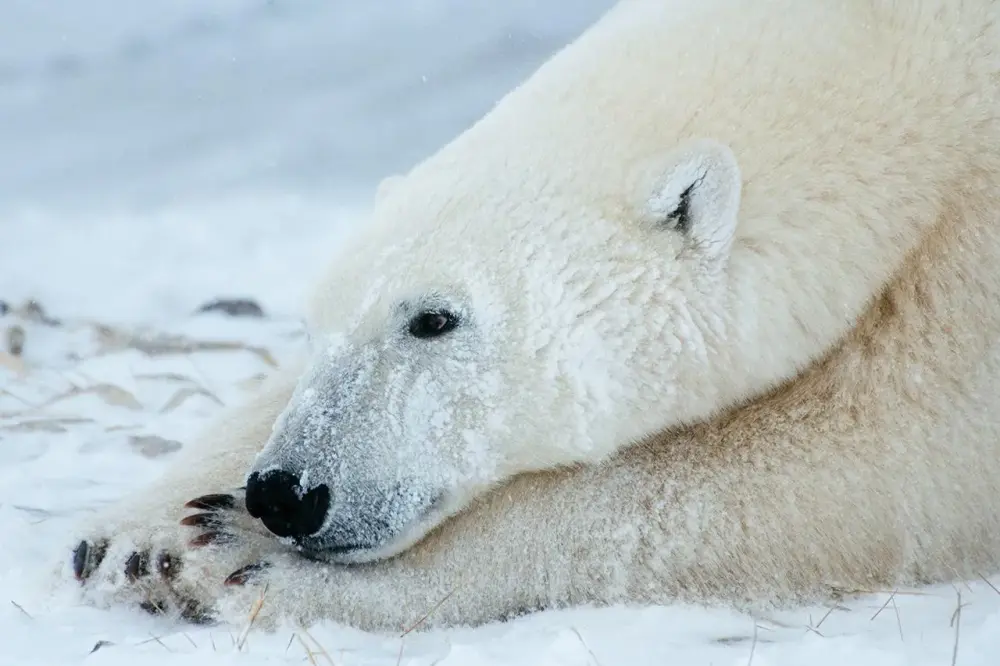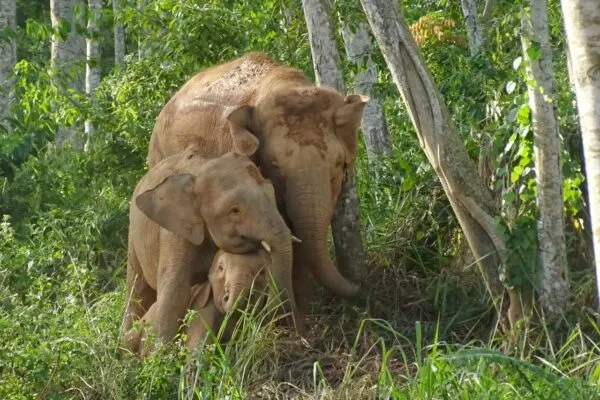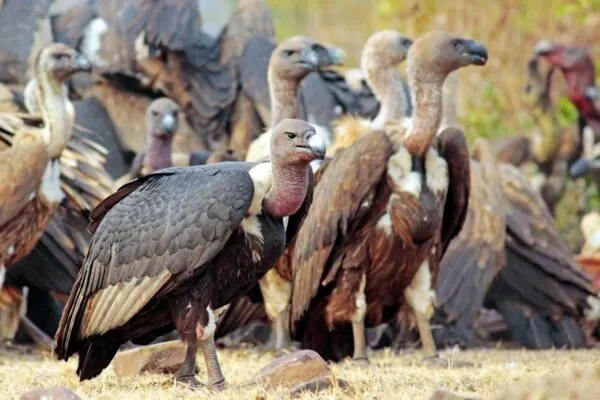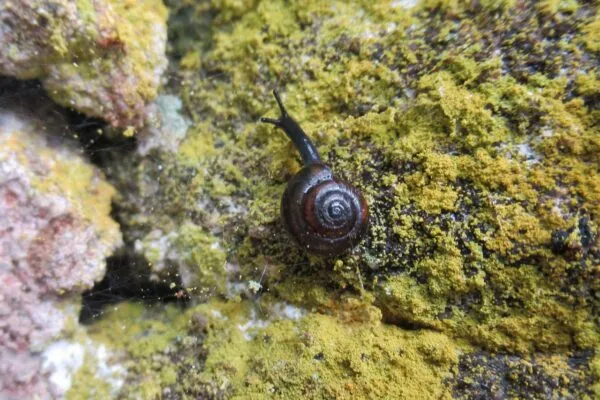Polar Bear Week: Astonishing Facts about Vulnerable Creatures
The attractive-looking creatures of the Arctic live on the front lines of climate change, with longer ice-free months testing the limits of their fat reserves
Celebrating the beautiful species, the Polar Bear Week falls in the first full week of November. It coincides with the fall polar bear migration to the town of Churchill, Manitoba, where the animals gather along the coast of Hudson Bay as the temperatures drop and wait for it to freeze up so they can hunt seals.
The polar bear is a hyper carnivorous bear that largely lives within the Arctic Circle, including the Arctic Ocean, surrounding seas and neighboring landmasses. These furry adorable creatures have evolved to live in a narrower ecological area than its sister species of the brown bear.
With body features adapted for cold temperatures, for moving across snow, ice and open water and for hunting seals, the species is facing threats amid global warming. As the animals spend most of their time on the sea ice and hunt for seals, the shrinking ice masses have jeopardized their survival.
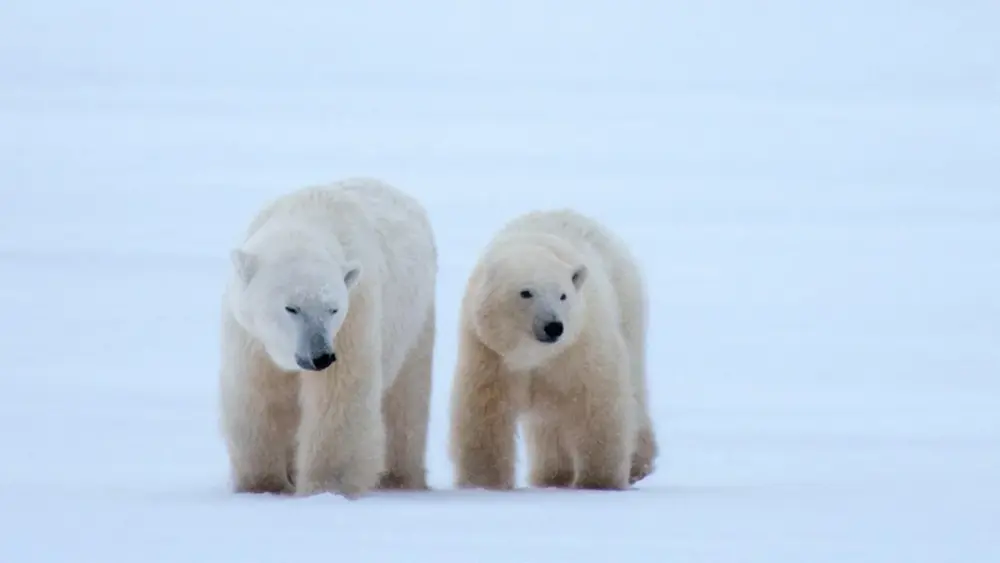
Image: Max Lowe/Polar Bears International
Polar Bear Week is presented by Polar Bears International, a conservation organization that aims to protect polar bears and their habitats. The organization also commits to combat the climate crisis, which has emerged as the biggest threat to Arctic creatures.
The event focuses on the importance of sea ice to polar bears and how to tackle climate change and ensure their survival. Climate change has caused a massive reduction in the Arctic sea ice. According to Polar Bears International, the Arctic is warming twice as faster as the rest of the world.
Also Read: Why Polar Bears Have Resorted to Cannibalism in Russia’s Arctic?
These creatures not only depend on the sea ice to maintain their dietary needs but also for traveling, socializing and mating. The phenomenon has disturbed the freezing patterns of the Arctic sea, which has, in turn, disrupted the polar bears’ migratory and hunting patterns.
Here are some astonishing things you probably did not know about these adorable creatures.
Largest Carnivorous Land Animal
The polar bear is known as the largest carnivorous land animal. At birth, they are cute and small cubs that can weigh about one and a half pounds at birth. However, an adult male can reach 1,700 pounds and females weigh up to 1,000 pounds. These big animals are great swimmers and live in the Arctic, but can also be found in Alaska, Canada, Russia and Greenland.
Half a Million-Year-Old Species
The exact evolutionary history of polar bears is not settled science. Polar bear fossils are rare to find as they live on ice that is in a constant state of flux, which makes it incredibly difficult to precisely date their origins. The oldest known polar bear fossil is approximately 110,000-130,000 years old. However, despite the lack of foundation about how old they are, it is safe to say that they diverged from the brown bear about half a million years ago.
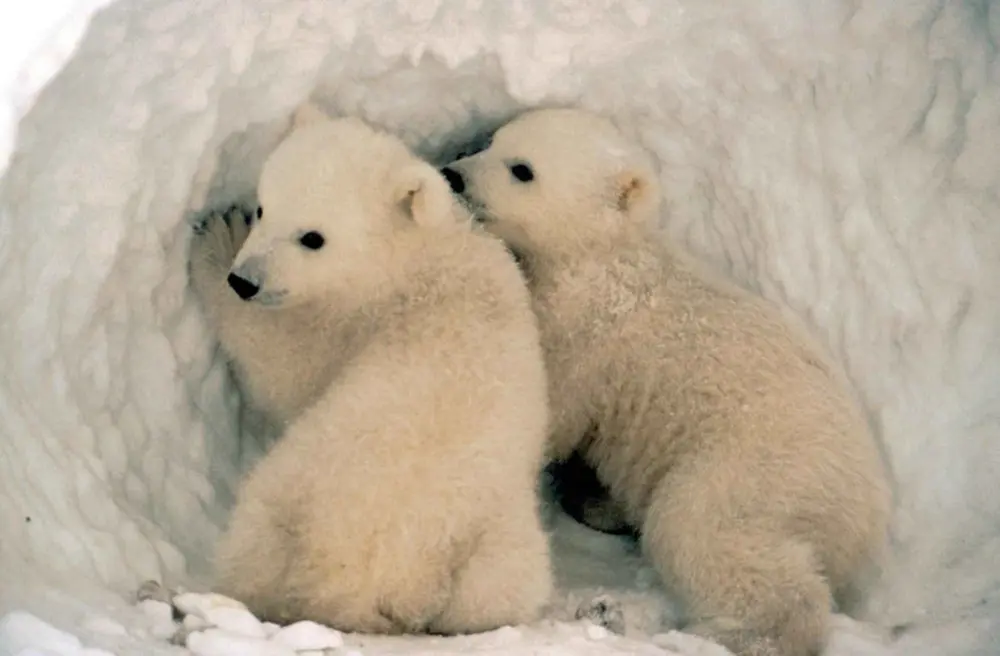
Image: U.S. Fish and Wildlife Service
Polar Bears are Not White
While they appear to be white-colored, polar bears are not really white. The animal hair is clear, with a hollow center and microscopic bumps that scatter light to form the whitish tint that gives the polar bears their trademark appearance. Underneath the white appearance, these animals have dark skin that helps them absorb the sun’s heat and protection from harmful UV rays.
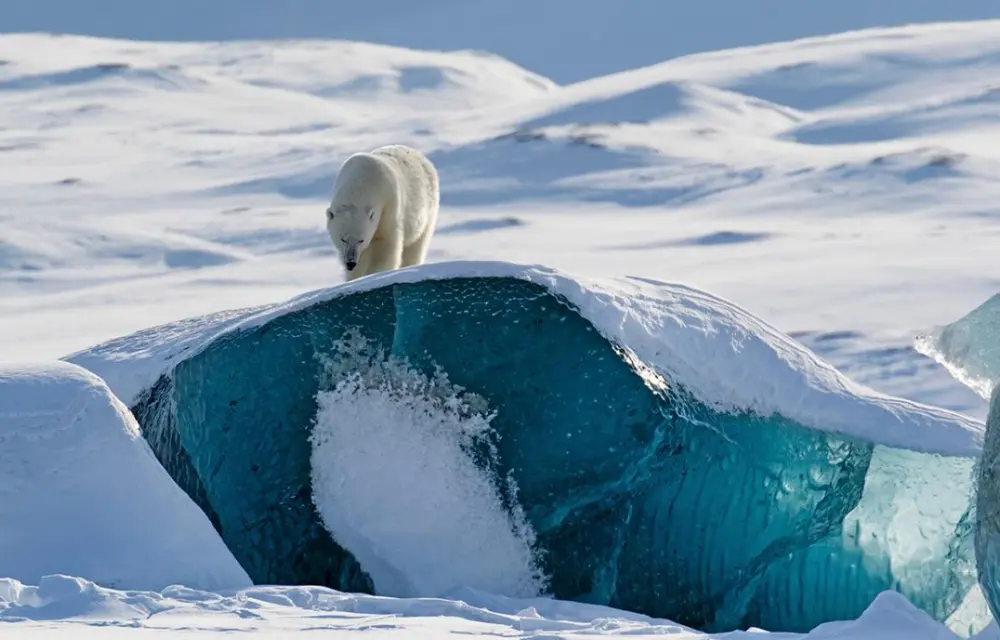
Image: Molly Glick
Calm Creatures
Although stereotyped as being voraciously aggressive, polar bears are normally cautious in confrontations. Polar bears rarely attack humans, unless they are starving young males, females protecting their cubs or provoked. They are usually calm, playful and solitary creatures. However, there have been 73 recorded attacks on humans by polar bears in the past 144 years, of which 20 were fatal.
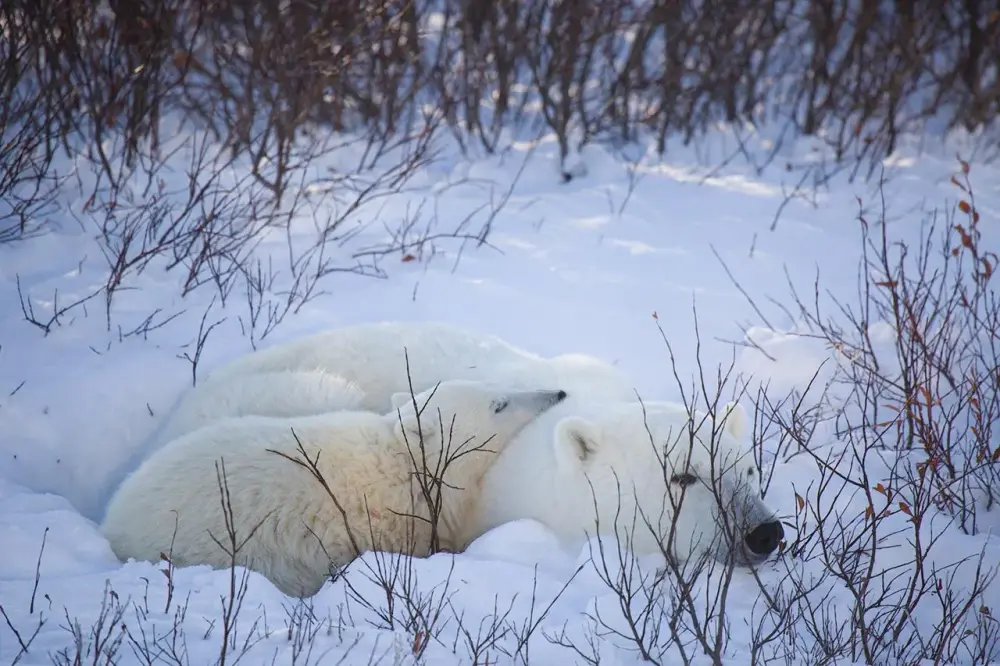
Image: Kt Miller/Polar Bears International
Facing An Existential Threat
We all know what humankind’s anthropogenic activities are doing to the planet and all of its inhabitants, including us, but we still refuse to mend our ways. Well, thanks to humans, polar bears are facing an existential threat alike many wildlife species. As the ice mass shrinks, their natural habitat is reducing and their food is diminishing. If we fail to act, these beautiful creatures might disappear soon.
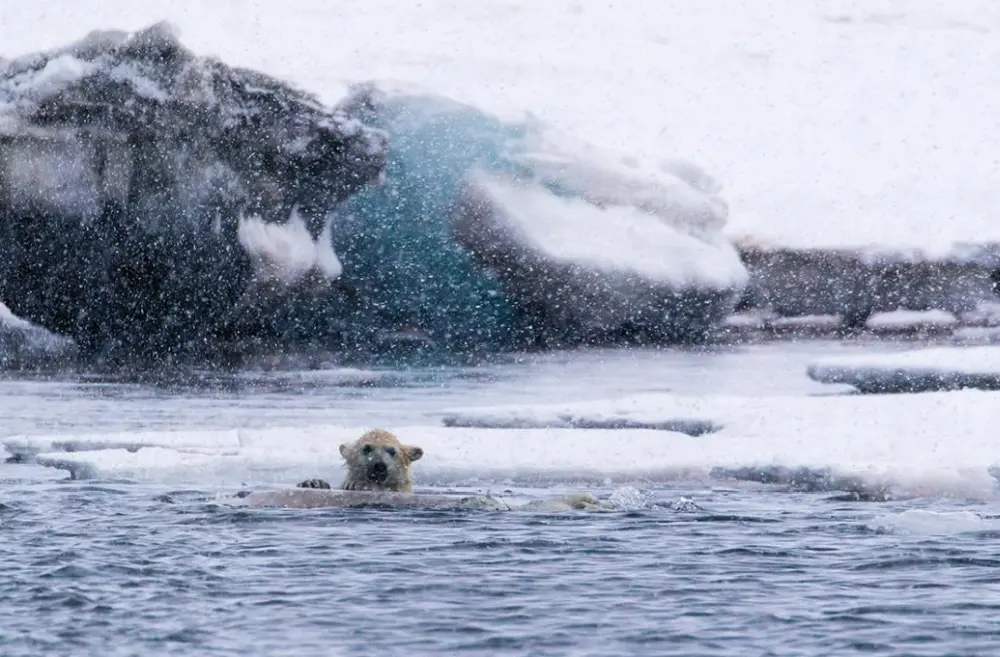
Image: Molly Glick
